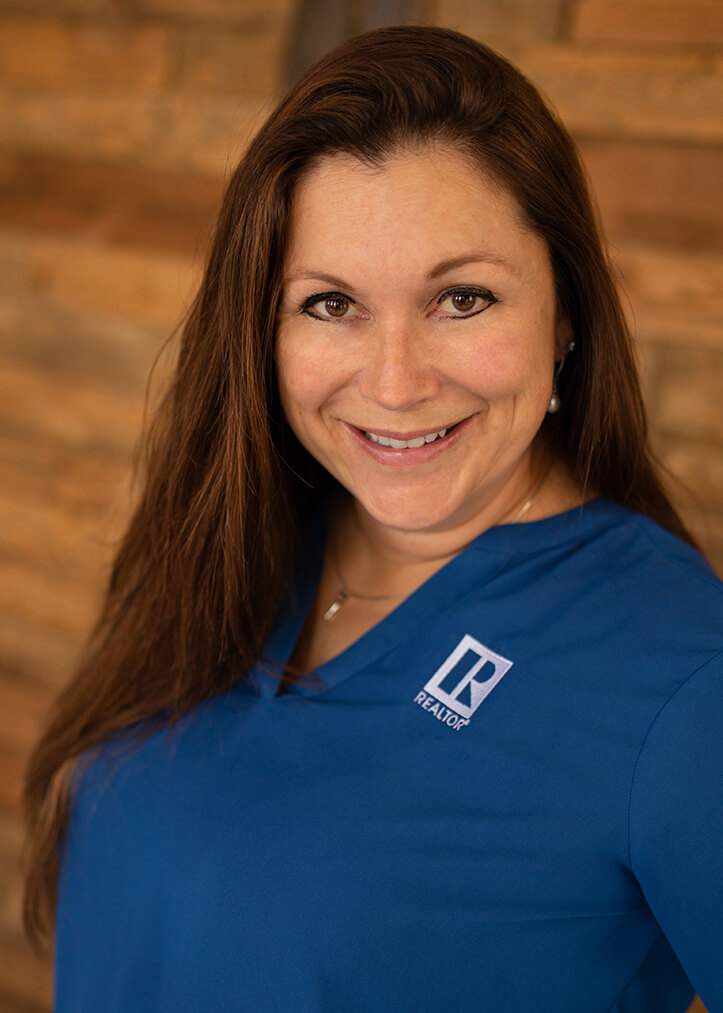Don’t Let Winter Slow You Down
Winter riding in the Northwest can pose many obstacles, particularly with horses still in early training. My aged horses and I both feel like the winter is a wonderful time for being tucked warmly inside. It doesn’t hurt any of our feelings to hibernate, but the younger horses need to stay on a program, both physically and mentally.
The weather can be a real deterrent if an onsite indoor arena is still a dream (as it is for me). Between November and April, it seems that when it isn’t a monsoon or snowstorm, the arena is frozen. Here are some tips for keeping your youngsters going through the winter months.
Turnout: I know this seems obvious, but it can be easy when the weather is miserable to not find time to get everyone out on a regular basis, especially if the fields are muddy. I use my arena and round pen for turnout, which saves our fields in the winter. On my next property, I am excited to have runs off each stall. A horse that isn’t able to get the “fresh” off can’t turn his mind to training.
Working Space: Invest in an all-weather working space. I have a 100 x 200-foot outdoor arena that is on a 1% grade and has washed sand for footing. I have an adjoining 40-foot round pen of the same material. If the arena is dragged and capped before any precipitation, the water runs right off and is always rideable, safe footing.
The only negative here that can’t be avoided is that when the temperatures turn, the arena will freeze solid. A large space like a big arena can be cost prohibitive, but a good round pen with all-weather footing can do wonders for keeping a horse going in the winter.
Ground Work: Not all training for youngsters needs to be saddle time. A large part of what we hope to create with any horse is a strong horse/human bond. Whether training a trail horse, a reining horse, a pleasure horse, or a barrel horse, performance is always improved with connection to a trainable mind. It’s no different than with a child; the student’s mind needs daily use.
When saddle time is not possible, it’s easy to forego other quality time. I spend more time stall cleaning than anything right now, but I also make that an opportunity to love on my young horses in the morning. Round pen work can also keep forward momentum, even on a horse that is further along under saddle. It’s a good way to keep communication flowing. Standing tied during stall cleaning and grooming are other great daily activities. A horse that looks forward to connecting with a rider will always be more trainable and easier to get back into a program in the spring.
Hauling Out: Local fairgrounds often have weekly ride nights or activities through the winter months that are great for getting good, dry riding time. Many private arenas will also allow haul-ins for a nominal fee. One of the things I appreciate the most about all the years of having to haul out in the winter is that my horses quickly became seasoned to hauling, standing tied, and new places.
Making Time: For anyone other than professional trainers, making time for consistent training during the winter can be a daunting task. This is the first year that my outdoor arena has lights, and on days where the sun sets at 4:30 I’m able to squeeze in some time to ride after work. I suggest making time at least 4 days a week for young horses to “work” and spend the other 3 days a week with connection related activity and turnout. Carving out that chunk of time can be hard, but it will be worth it when spring riding rolls around.
Mindset: Even when young horses are in a regular training program, the progress is rarely steady improvement. Couple that with an inconsistent schedule, and it can be challenging to feel like much is being accomplished. Frustration is the enemy of any good horseman, and winter can test most folk’s resolve.
A horse worked regularly tends to improve from where they were at the end of the last session. When horses have long breaks between training sessions, it can feel as though we have to repeat an entire ride. I think when the riding is inconsistent it might be best to focus on things such as fitness, suppleness, and cadence. These are foundational skills that keep a horse’s mind keen and soft, and a necessary foundation for stepping a horse up when the time and weather allows.
See this article in the November/December 2022 online edition:
January 2018

Allison Trimble is a Realtor® specializing in equestrian properties, farm and ranch properties, and residential real estate. She’s a former horse trainer, and a current owner, breeder, and non-pro competitor in cow horse and reining events. For many years, Allison wrote a monthly column for The Northwest Horse Source.
Learn more at www.allisonblakerealestate.com






